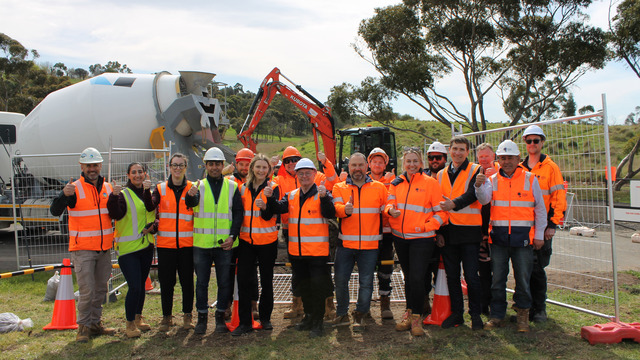Sunbury and Macedon Ranges residents can expect twice as many days over 35 degrees celsius by 2090 if Australia continues its existing environmental action, Climate Council has warned.
A new interactive heat map details the predicted temperature rise, with Bulla and Diggers Rest clocking a predicted 15 days above 35 degrees, which is the largest increase of sweltering days in the area.
According to Climate Council, Malmsbury and Sunbury will have the second highest with 14 days above 35 degrees, Kyenton will have 13 days and Monegeetta will have 12 days.
Riddells Creek and Gisborne are predicted to have 11 days, Tylden, Bullengarook, Newham, Romsey, Lancefield and Macedon will have 10 days, and Woodend will have nine days.
Mount Macedon is the only suburb in the Macedon Ranges to have its days above 35 degrees increase threefold, however it still remains less than the surrounding suburbs, with an expected six days above 35 degrees.
Climate Council research director Dr Simon Bradshaw said inland suburbs are often warmer than the inner city due to a variety of geographical factors, including being further from the coast.
“This can be further exacerbated by lack of green space, too much concrete and asphalt, and dark roofs which absorb more heat,” he said.
“Poor quality housing and lower incomes- leaving people unable to cool their homes- may further exacerbate the problem.
“It is essential that new developments do not repeat the planning mistakes of the past, and that communities are designed to be as resilient as possible to rising temperatures.
“This means plenty of vegetation and shade, thermally efficient homes… good public transport, and readily available cool refuges… for anyone who may be otherwise unable to escape the heat.”
Dr Bradshaw said the projections do not take into account new urban development, such as the growth in Melbourne’s north and west.
“However, we know that good urban planning is essential to managing the risks of extreme heat, and that poor design can exacerbate the heat impacts of climate change,” he said.
Heat map: https://www.climatecouncil.org.au/resources/heatmap/







